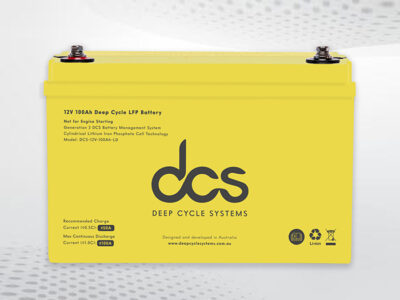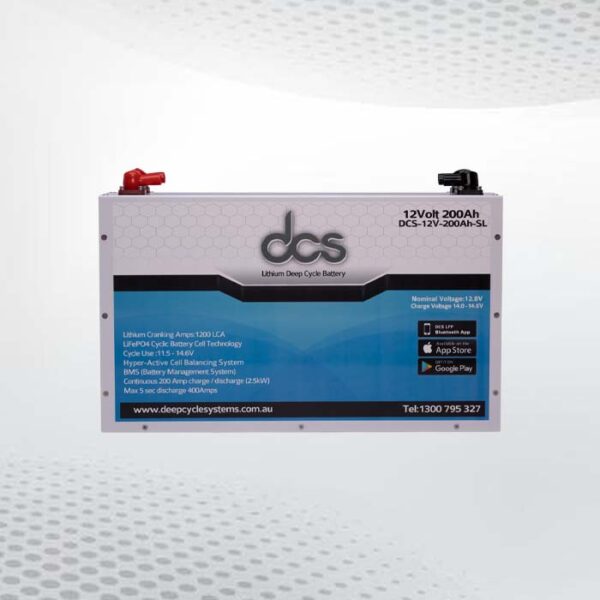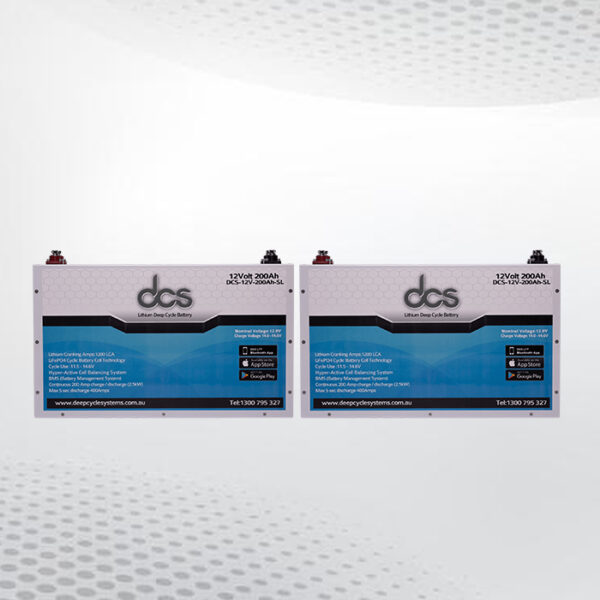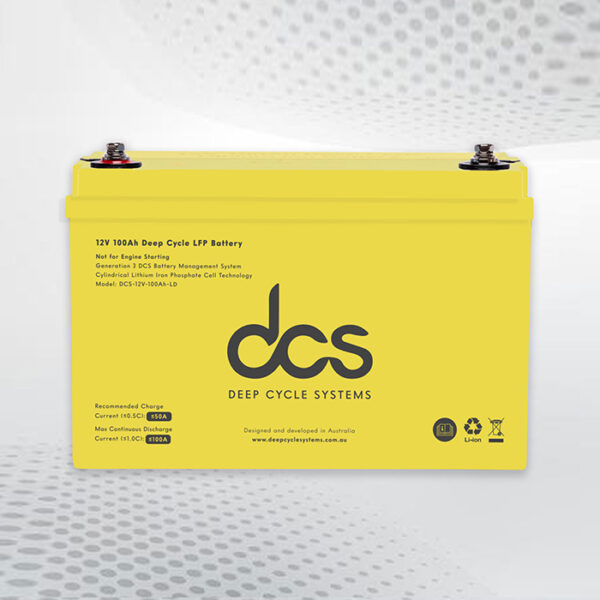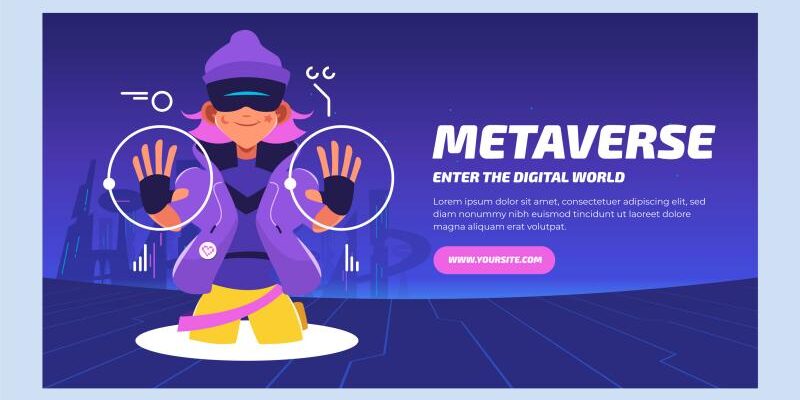
The metaverse, a virtual universe that combines augmented reality (AR), virtual reality (VR), and the internet, is rapidly emerging as the next frontier in digital innovation. As businesses and individuals alike seek to explore and establish their presence within this expansive digital realm, understanding the intricacies of metaverse development costs is paramount. This article delves into the factors influencing these costs, providing a comprehensive guide for forecasting and budgeting for innovation within the metaverse.
Introduction to the Metaverse
The metaverse concept, popularized by science fiction, is now becoming a reality, driven by advancements in AR, VR, blockchain, and 5G technologies. It promises a new level of interactivity and immersion, offering opportunities for social interaction, business, entertainment, and education. However, developing a metaverse platform or application is a complex and resource-intensive endeavor.
Key Components of Metaverse Development
To accurately forecast metaverse development cost, it’s crucial to understand the various components that contribute to the creation of this virtual universe:
1. Infrastructure
The foundation of any metaverse platform lies in its infrastructure. This includes servers, cloud services, and data centers capable of handling vast amounts of data and providing seamless experiences for users.
2. Software Development
Developing the software backbone of the metaverse involves creating robust and scalable applications. This includes everything from user interfaces and avatars to complex algorithms that drive interactions and transactions within the virtual world.
3. Hardware Requirements
While software forms the core, hardware is equally essential for a functional metaverse. This includes VR headsets, AR glasses, motion sensors, and haptic devices that provide a tactile experience.
4. Content Creation
The metaverse thrives on content. Creating 3D environments, avatars, and digital assets requires significant investment in design, animation, and development tools.
5. Blockchain Integration
To ensure secure transactions and ownership within the metaverse, integrating blockchain technology is critical. This includes developing smart contracts and implementing decentralized finance (DeFi) systems.
6. Cybersecurity
Given the sensitive nature of data within the metaverse, robust cybersecurity measures are non-negotiable. This includes encryption, secure access controls, and regular security audits.
7. Marketing and User Acquisition
Attracting users to the metaverse requires effective marketing strategies. This includes social media campaigns, influencer partnerships, and community engagement initiatives.
Factors Influencing Metaverse Development Costs
Several factors influence the overall cost of developing a metaverse. Understanding these factors is crucial for accurate budgeting and forecasting.
1. Project Scope and Complexity
The scope and complexity of the metaverse project significantly impact the development cost. A basic virtual environment with limited functionalities will cost less compared to a comprehensive platform with advanced features such as real-time interactions, extensive virtual worlds, and sophisticated AI-driven avatars.
2. Technology Stack
The choice of technology stack plays a crucial role in determining costs. High-end technologies such as advanced VR/AR systems, blockchain integration, and AI/ML algorithms can drive up expenses. Conversely, opting for open-source solutions and scalable cloud services can help manage costs.
3. Development Team
The expertise and location of the development team are significant cost determinants. Hiring a team of experienced developers, designers, and engineers in high-cost regions will naturally be more expensive than outsourcing to regions with lower labor costs. However, it’s essential to balance cost with quality to ensure a high standard of development.
4. Content and Asset Creation
Creating high-quality 3D models, animations, and digital assets requires specialized skills and tools. The level of detail and complexity of these assets can significantly influence costs. Additionally, licensing and purchasing rights for certain digital assets may also be necessary.
5. Integration and Interoperability
Ensuring that the metaverse is interoperable with existing systems and platforms requires additional development work. This includes integrating with payment gateways, social media platforms, and other digital services.
6. Testing and Quality Assurance
Thorough testing and quality assurance are critical to delivering a seamless user experience. This involves rigorous testing for bugs, performance issues, and security vulnerabilities, which can add to the overall development cost.
7. Ongoing Maintenance and Updates
The metaverse is a dynamic environment that requires continuous maintenance and updates. Budgeting for ongoing development, server maintenance, and regular feature updates is essential for the long-term success of the platform.
Estimating Metaverse Development Costs
Accurately estimating metaverse development costs involves breaking down the project into its constituent components and evaluating each individually. Here’s a detailed breakdown to help forecast these costs:
1. Infrastructure Costs
- Cloud Services: Monthly costs for cloud storage, data transfer, and computing power can range from $1,000 to $10,000, depending on usage.
- Servers and Data Centers: For high-performance servers, costs can range from $5,000 to $20,000 per month.
- Bandwidth: Ensuring sufficient bandwidth for real-time interactions can cost between $1,000 to $5,000 per month.
2. Software Development Costs
- Basic Virtual Environment: Developing a basic metaverse environment can cost between $50,000 and $100,000.
- Advanced Features: Adding features like real-time interactions, AI-driven avatars, and complex virtual worlds can increase costs to $200,000 or more.
- Custom Development: Custom software development can range from $100 to $250 per hour, depending on the expertise required.
3. Hardware Costs
- VR/AR Devices: High-end VR headsets can cost between $300 and $1,000 each. Bulk purchases for user distribution can significantly increase overall costs.
- Sensors and Haptic Devices: These can range from $50 to $500 per device.
- Development Kits: Costs for development kits and prototyping tools can range from $1,000 to $5,000.
4. Content Creation Costs
- 3D Models and Animations: Creating high-quality 3D models and animations can cost between $5,000 and $20,000 per asset.
- Digital Asset Licenses: Purchasing licenses for existing digital assets can range from $500 to $5,000 each.
- Design Tools: Subscriptions to design and animation software can cost between $50 and $200 per month per user.
5. Blockchain Integration Costs
- Smart Contract Development: Developing smart contracts can cost between $10,000 and $50,000, depending on complexity.
- Blockchain Infrastructure: Setting up and maintaining blockchain nodes can cost between $5,000 and $20,000 per month.
- Security Audits: Regular security audits can cost between $5,000 and $15,000 each.
6. Cybersecurity Costs
- Encryption and Security Tools: Implementing encryption and other security measures can cost between $5,000 and $15,000.
- Access Controls: Setting up secure access controls can range from $1,000 to $5,000.
- Ongoing Monitoring: Monthly costs for cybersecurity monitoring services can range from $1,000 to $5,000.
7. Marketing and User Acquisition Costs
- Social Media Campaigns: Costs for social media marketing can range from $1,000 to $10,000 per month.
- Influencer Partnerships: Partnering with influencers can cost between $1,000 and $10,000 per partnership.
- Community Engagement: Developing and maintaining community engagement initiatives can cost between $2,000 and $10,000 per month.
8. Testing and Quality Assurance Costs
- Bug Testing: Comprehensive bug testing can cost between $5,000 and $20,000.
- Performance Testing: Ensuring optimal performance can add another $5,000 to $15,000.
- Security Testing: Regular security testing can cost between $5,000 and $10,000.
9. Ongoing Maintenance and Update Costs
- Server Maintenance: Monthly server maintenance can cost between $1,000 and $5,000.
- Feature Updates: Regular updates and new feature development can cost between $5,000 and $20,000 per update cycle.
- Technical Support: Providing ongoing technical support can range from $1,000 to $5,000 per month.
Strategies for Managing Metaverse Development Costs
Given the substantial costs associated with metaverse development, effective cost management strategies are essential. Here are some approaches to consider:
1. Prioritize Features
Start with a minimum viable product (MVP) that includes essential features. This allows for initial testing and user feedback before investing in more advanced functionalities.
2. Leverage Open-Source Solutions
Utilize open-source software and frameworks where possible to reduce licensing and development costs. Many robust and scalable solutions are available that can form the backbone of your metaverse platform.
3. Outsource Development
Outsourcing development to regions with lower labor costs can help manage expenses. However, it’s crucial to maintain a balance between cost and quality to ensure the final product meets high standards.
4. Implement Agile Development
Using agile development methodologies can help manage costs by breaking down the project into smaller, manageable tasks. This approach allows for regular reassessment and adjustment of the project scope based on feedback and changing requirements.
5. Secure Funding
Explore various funding options, such as venture capital, crowdfunding, and grants. Securing sufficient funding can provide the financial stability needed to cover development and operational costs.
6. Optimize Infrastructure
Optimize your infrastructure by leveraging scalable cloud services. This allows you to adjust resources based on demand, reducing unnecessary expenses.
7. Focus on User Acquisition
Invest in effective marketing strategies to attract a large user base. A larger user base can drive revenue through in-app purchases, subscriptions, and advertisements, offsetting development costs.
Conclusion
Forecasting metaverse development costs is a complex but essential task for any organization looking to venture into this innovative digital frontier. By understanding the various components and factors influencing these costs, businesses can create accurate budgets and develop effective cost management strategies. While the initial investment may be substantial, the potential for growth and innovation within the metaverse offers significant long-term benefits.
Developing a metaverse is not just about building a virtual world; it’s about creating an ecosystem that offers unique and immersive experiences. With careful planning, strategic investments, and a focus on innovation, the metaverse can become a powerful platform for the future of digital interaction and engagement.
By accurately forecasting and budgeting for metaverse development costs, businesses can position themselves at the forefront of this exciting technological revolution, paving the way for new opportunities and advancements in the digital age.

